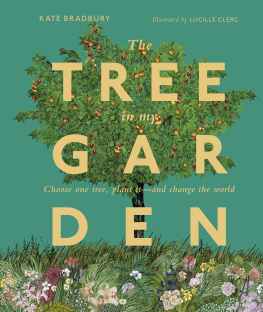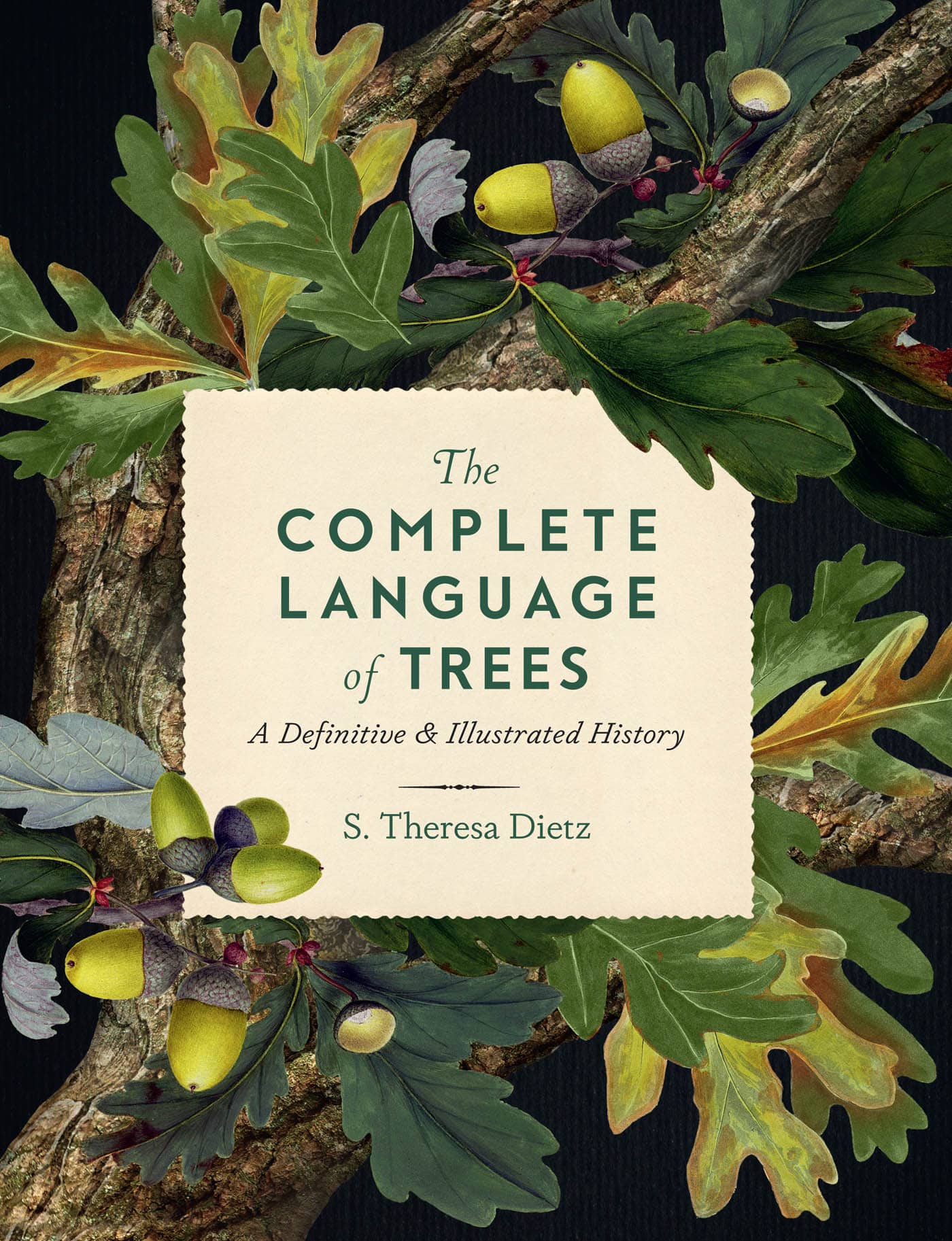S. Theresa Dietz - The Complete Language of Trees: A Definitive and Illustrated History (Complete Illustrated Encyclopedia)
Here you can read online S. Theresa Dietz - The Complete Language of Trees: A Definitive and Illustrated History (Complete Illustrated Encyclopedia) full text of the book (entire story) in english for free. Download pdf and epub, get meaning, cover and reviews about this ebook. year: 2023, publisher: Wellfleet Press, genre: Science. Description of the work, (preface) as well as reviews are available. Best literature library LitArk.com created for fans of good reading and offers a wide selection of genres:
Romance novel
Science fiction
Adventure
Detective
Science
History
Home and family
Prose
Art
Politics
Computer
Non-fiction
Religion
Business
Children
Humor
Choose a favorite category and find really read worthwhile books. Enjoy immersion in the world of imagination, feel the emotions of the characters or learn something new for yourself, make an fascinating discovery.

- Book:The Complete Language of Trees: A Definitive and Illustrated History (Complete Illustrated Encyclopedia)
- Author:
- Publisher:Wellfleet Press
- Genre:
- Year:2023
- Rating:5 / 5
- Favourites:Add to favourites
- Your mark:
The Complete Language of Trees: A Definitive and Illustrated History (Complete Illustrated Encyclopedia): summary, description and annotation
We offer to read an annotation, description, summary or preface (depends on what the author of the book "The Complete Language of Trees: A Definitive and Illustrated History (Complete Illustrated Encyclopedia)" wrote himself). If you haven't found the necessary information about the book — write in the comments, we will try to find it.
Along with a stunning visual depiction, each entry provides the trees scientific and common name, characteristics, historic and hidden properties from mythology, legends, and folklore.
Some of the lore of trees will include:
- Hackberry Tree encourages someone to continuously do their best
- Manchineel Tree it is so toxic that the smoke from a burning tree can cause blindness, and it is not even advised to inhale the air around the tree
- Bark from the Bird Cherry Tree was placed on doors during medieval times to ward off plague
- Washi paper is created from the inner bark of the Paper Mulberry Tree.
- Pando is a Quaking Aspen colony that is 108 acres wide (about the size of 83 football fields!). It is technically one tree.
Imagine developing a spiritual connection with a tree in a way that exceeds visual perception? Where learning its meaning and value simultaneously improves your own mental and physical wellness? Throughout history, floriographiesflower dictionarieshave gained notoriety for regulating human emotions; giving depth, symbolism, and meaning to extremely delicate aspects of nature. Following the success of The Complete Language of Herbs and its predecessor The Complete Language of Flowers, author S. Theresa Dietz continues this custom with The Complete Language of Trees.
Coupled with two indexes, one for searching by common tree name and the other organized by meaning, Dietz cleverly connects quality time in nature with the overall improvement of mental health by developing a stunningly depicted dictionary for gardeners, environmentalists, and nature lovers alike.
Elegantly designed and beautifully illustrated, the Complete Illustrated Encyclopedia series offers comprehensive, display-worthy references on a range of intriguing topics, including birthday astrology, dream interpretation, astrological self-care practices, techniques for harnessing the power of dreams, and the stories behind signs and symbols.
S. Theresa Dietz: author's other books
Who wrote The Complete Language of Trees: A Definitive and Illustrated History (Complete Illustrated Encyclopedia)? Find out the surname, the name of the author of the book and a list of all author's works by series.















